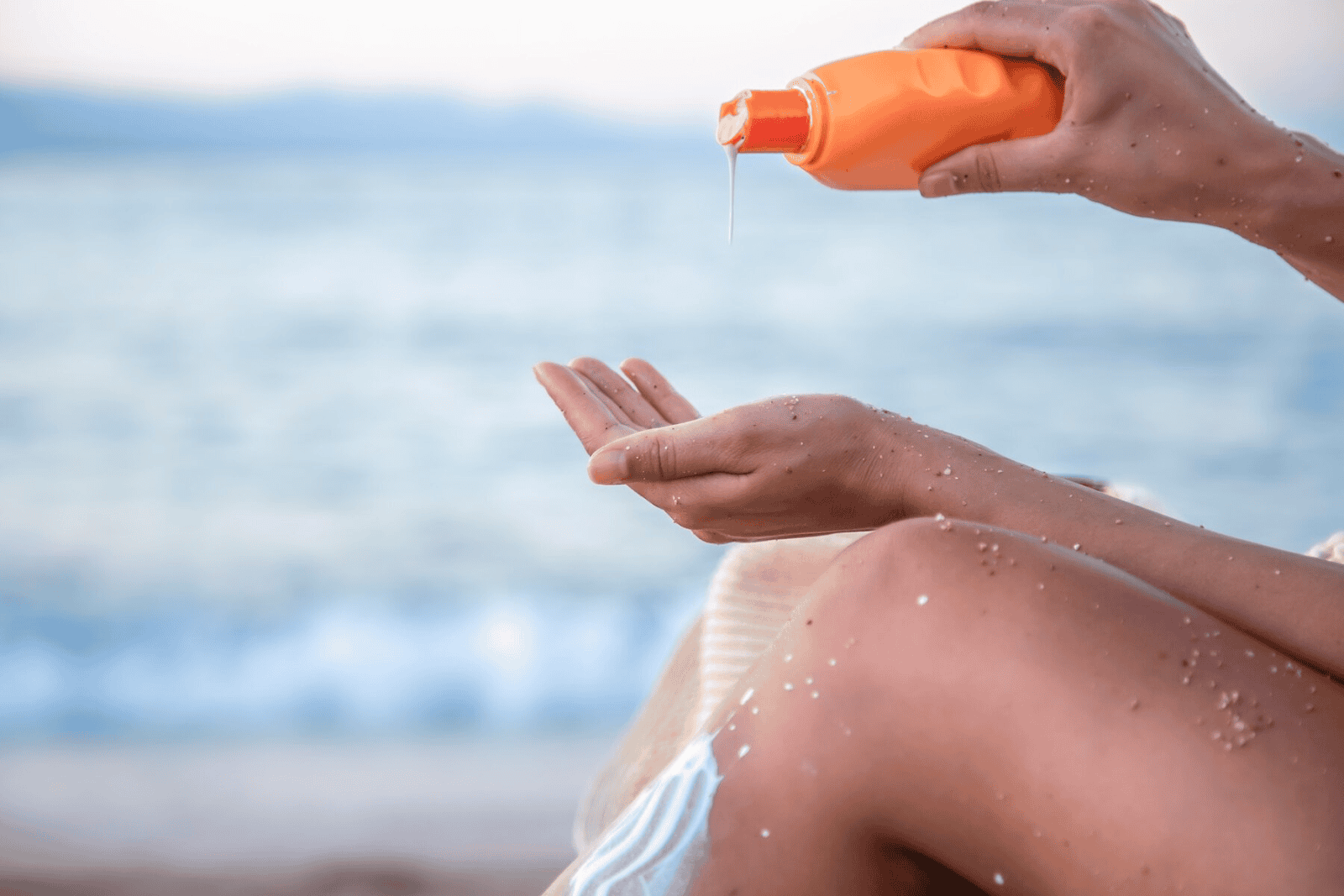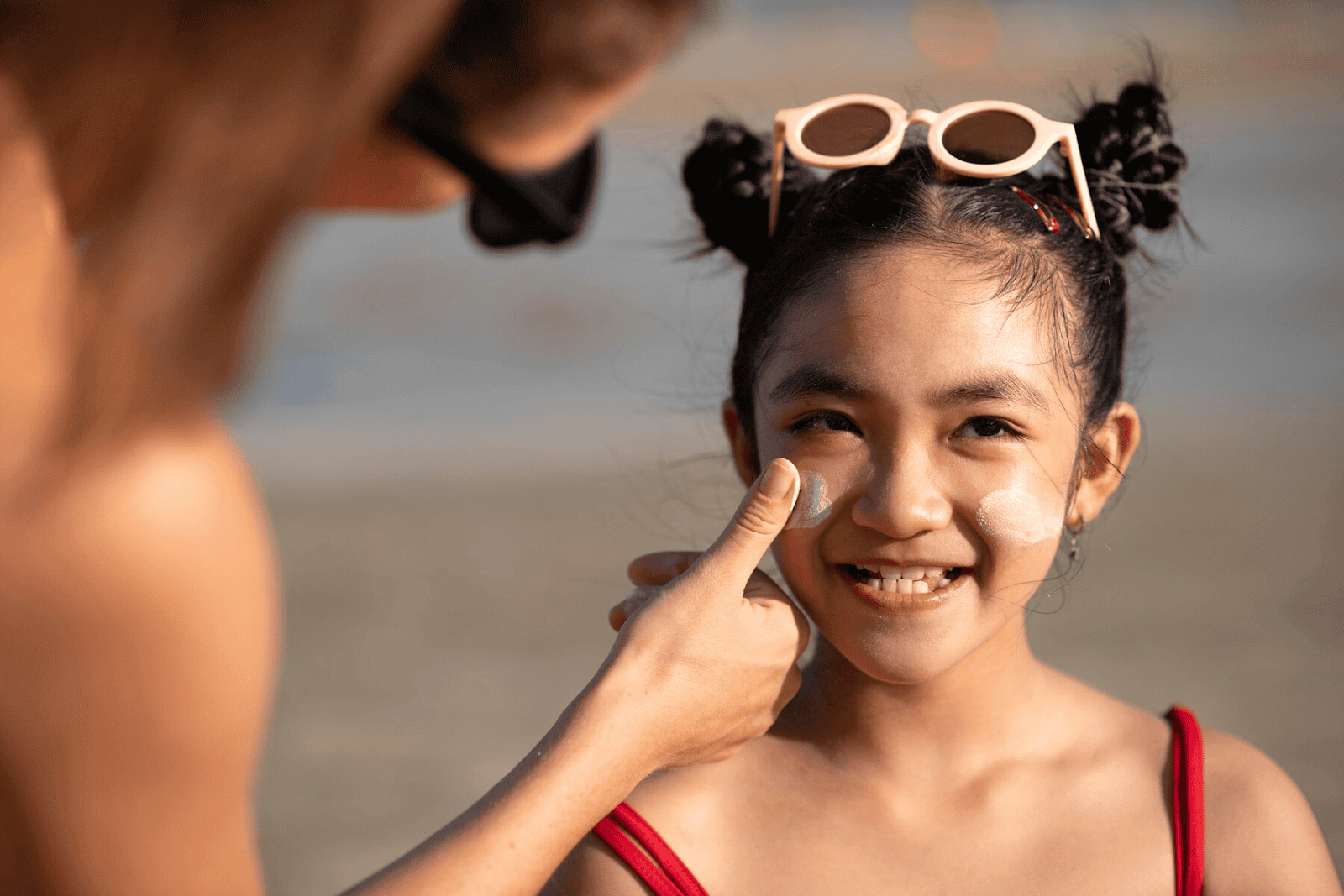“🌞 Discover top tips to protect your skin! Our ultimate guide helps you choose the best sunscreen for maximum coverage! Stay safe & fabulous! ☀️🏖️💪”
Sunscreen is more than a seasonal essential; it’s a fundamental part of a well-rounded skincare routine. Its primary function is to shield the skin from ultraviolet (UV) radiation, which includes both UVA and UVB rays. These rays are invisible, but their effects can be serious. Prolonged exposure without protection accelerates skin ageing, increases the risk of skin cancer, and often results in painful sunburns.

As outdoor lifestyles become more common and sun exposure intensifies through everyday activities, commuting, exercising, or enjoying time at the beach, understanding how sunscreen works becomes increasingly important. It’s not just about avoiding a sunburn; it’s about long-term skin health and maintaining your skin’s natural resilience.
The Hidden Risks of Unprotected Sun Exposure
Ignoring sun protection may have consequences that go far beyond short-term discomfort. Over time, unprotected skin is susceptible to a range of issues. Skin cancer, including melanoma and non-melanoma types, is one of the most preventable yet prevalent cancers linked to UV exposure. Furthermore, premature skin ageing, such as wrinkles, sagging, and discolouration, is commonly caused by prolonged UVA exposure. Sunburn, even after a brief time outdoors, causes inflammation and long-term damage to skin cells, leading to increased sensitivity and uneven texture.
Understanding Sunscreen: The Basics
The Role of UV Radiation
UV rays come in two forms that impact the skin differently. UVA rays penetrate deeply into the skin and are a leading cause of premature ageing, while UVB rays are primarily responsible for sunburn and contribute to the development of skin cancer. Sunscreens are formulated to either absorb, scatter, or reflect these rays. Active ingredients vary depending on the type of sunscreen, but all aim to reduce the harmful impact of UV exposure.
What Does SPF Mean?
SPF, or Sun Protection Factor, indicates how well a product protects against UVB rays. For example, SPF 30 allows about 1/30th of UVB rays to reach the skin, theoretically providing 30 times the protection compared to unprotected skin. However, no sunscreen blocks 100% of UV rays, and high-SPF products still require regular reapplication.
Choosing the Right Sunscreen for Your Needs
There’s no one-size-fits-all solution when it comes to sunscreen. Your skin type, daily activities, and environment all play a role in determining the best product. For example, sensitive skin may benefit from physical (mineral) sunscreens containing zinc oxide or titanium dioxide, which are less likely to irritate. On the other hand, oily or acne-prone skin often responds better to lightweight, non-comedogenic formulas.
Lifestyle and usage factors also influence your choice. Outdoor athletes may prefer water-resistant formulas in stick or spray formats for convenience and sweat resistance. For daily users, tinted sunscreens that combine coverage and UV protection can serve dual purposes. Lastly, environmental factors like high-altitude or tropical climates may require stronger protection, such as SPF 50+ and broad-spectrum coverage.
Key Terminology to Know
When shopping for sunscreen, understanding key terms is essential. “Broad Spectrum” means the product protects against both UVA and UVB rays, while “Water Resistant” indicates that the sunscreen will maintain its effectiveness for either 40 or 80 minutes while swimming or sweating. For those with sensitive skin, “Non-Comedogenic” refers to formulas that won’t clog pores, making them ideal for acne-prone skin.
Types of Sunscreen: What’s the Difference?
Chemical Sunscreens
Chemical sunscreens work by absorbing UV rays and transforming them into heat, which is then released from the skin. These sunscreens tend to feel lightweight and blend easily, but they may irritate sensitive skin.
Physical (Mineral) Sunscreens
Physical sunscreens, on the other hand, use natural minerals like zinc oxide or titanium dioxide to reflect UV rays away from the skin. These are generally better tolerated by sensitive or reactive skin, although they can leave a visible white cast on the skin, which may be more noticeable on darker skin tones.
Different Sunscreen Formats
Sunscreens come in various formats, each suited for different needs. Lotions and creams are ideal for full-body application and are particularly effective for dry skin. Sprays are convenient for quick applications but may be harder to apply evenly. Sticks are perfect for targeted areas like the nose, ears, and around the eyes, ensuring that those delicate spots get proper protection.
Enhancing Protection Beyond Sunscreen
While sunscreen is a critical component of skin protection, it shouldn’t be your only line of defence. Wearing protective clothing, such as long sleeves and wide-brimmed hats, can add an extra layer of protection. UV-blocking sunglasses are essential for safeguarding the eyes and the sensitive skin around them, which can be particularly prone to sun damage.
Additionally, seeking shade during the peak hours of sunlight, typically between 10 a.m. and 4 p.m., can significantly reduce your exposure to harmful UV rays. This simple action can also help you avoid overheating and dehydration while outdoors.
Application: Getting It Right
Proper application is essential for sunscreen to be effective. To achieve full coverage, you’ll need to apply a generous amount, approximately a shot glass-sized amount (around 30 ml) for the entire body. Pay special attention to areas that are often overlooked, such as the ears, the back of the neck, and the tops of the feet.
Reapplication is just as important as the initial application. Sunscreen should be reapplied every two hours, or more frequently if you’re swimming or sweating. It’s also advisable to reapply after towel drying to ensure that the protection remains intact.

Avoiding Common Mistakes
Many people make common mistakes that undermine their sunscreen’s effectiveness. One of the most frequent errors is applying too little product. To ensure adequate protection, make sure you’re applying enough sunscreen to cover all exposed areas.
Another mistake is failing to reapply sunscreen throughout the day. If you’ve been sweating, swimming, or spending several hours outdoors, reapply regularly to maintain the same level of protection. Additionally, some individuals rely on makeup products with SPF, but these alone rarely provide sufficient coverage for prolonged sun exposure.
Lastly, don’t forget to apply sunscreen 15-30 minutes before heading outdoors. This gives the product time to absorb and work its protective magic.
Final Thoughts
Protecting your skin from UV damage requires more than just a quick swipe of lotion. It involves informed choices, consistent habits, and a proactive approach to skincare. Whether you’re planning a beach holiday or simply running errands on a sunny day, choosing the right sunscreen and using it properly ensures that you can enjoy the outdoors while maintaining your skin’s health and appearance for years to come.
